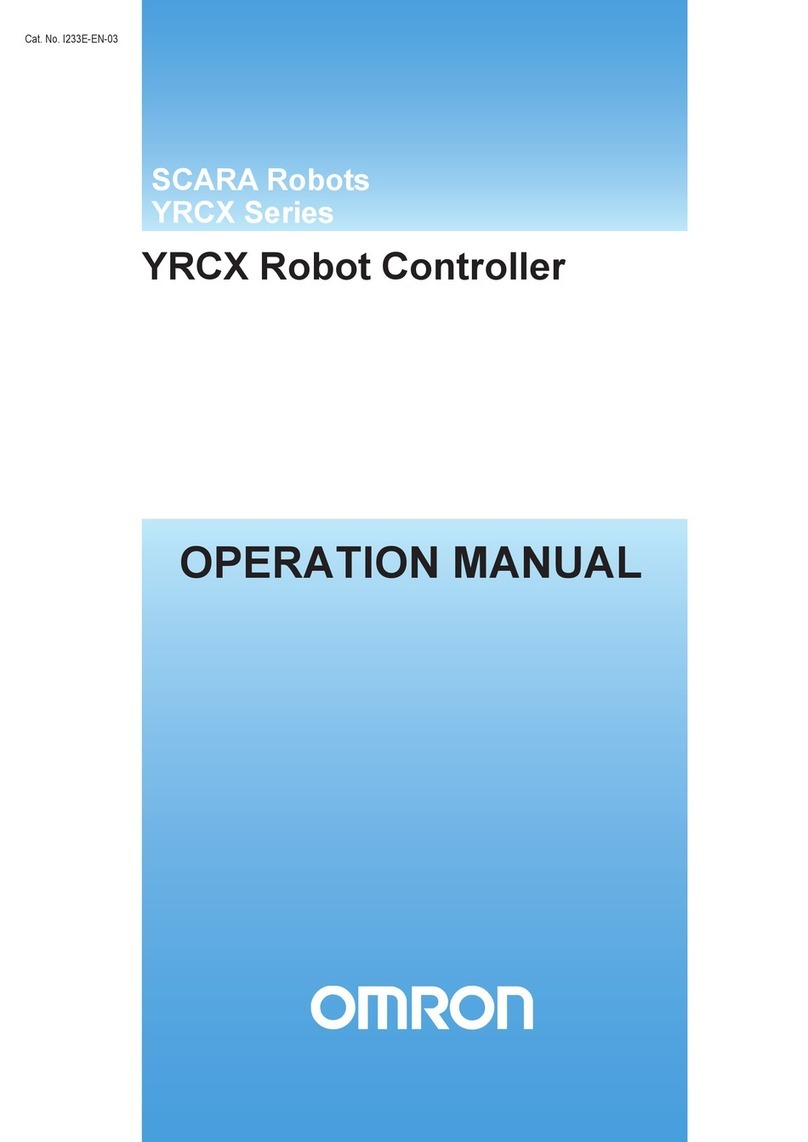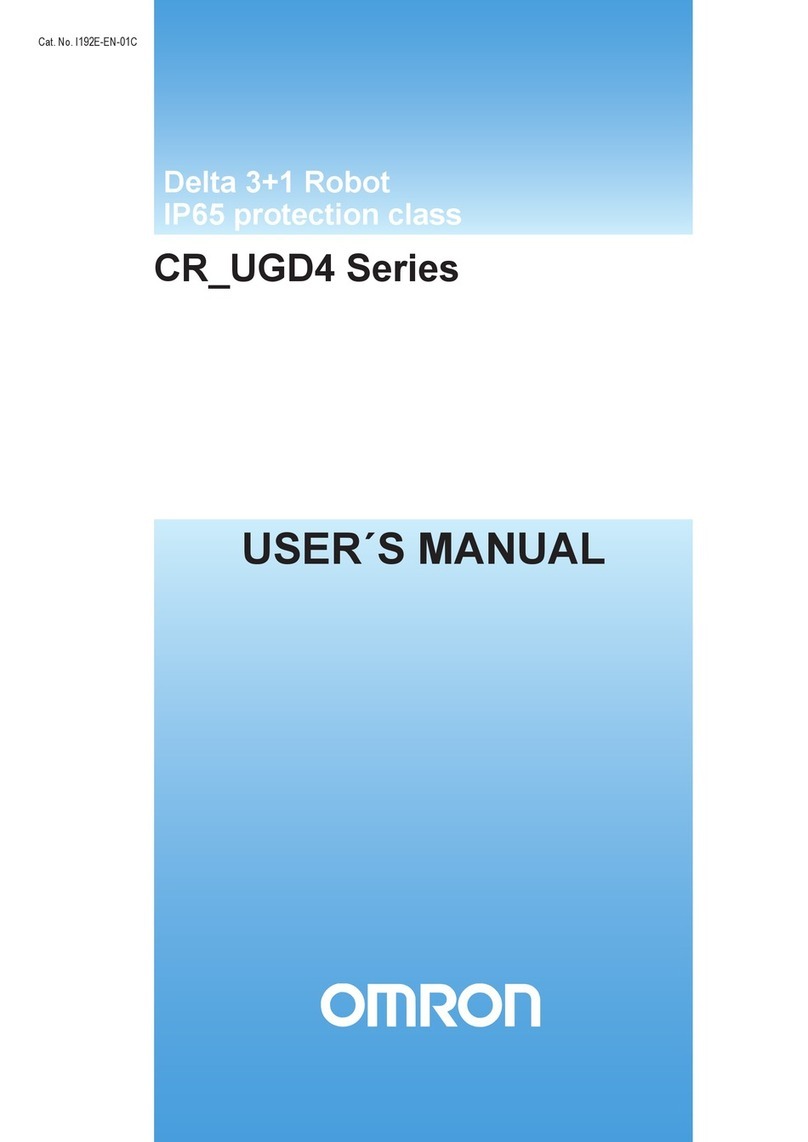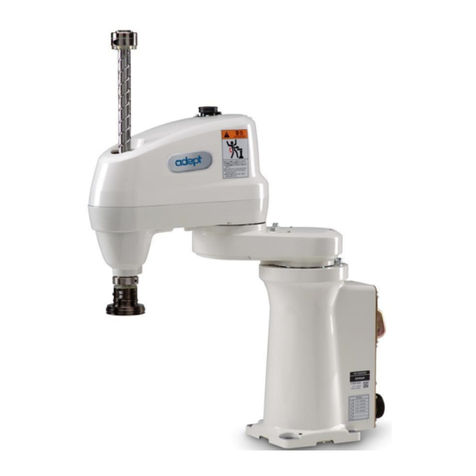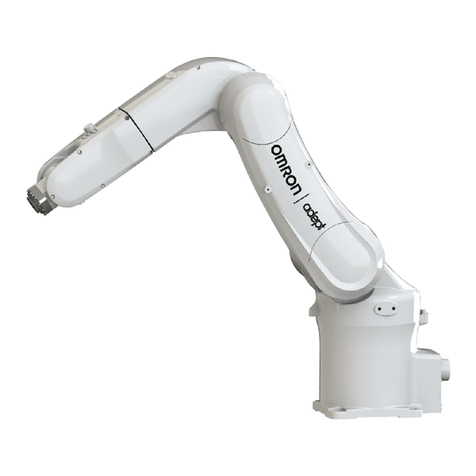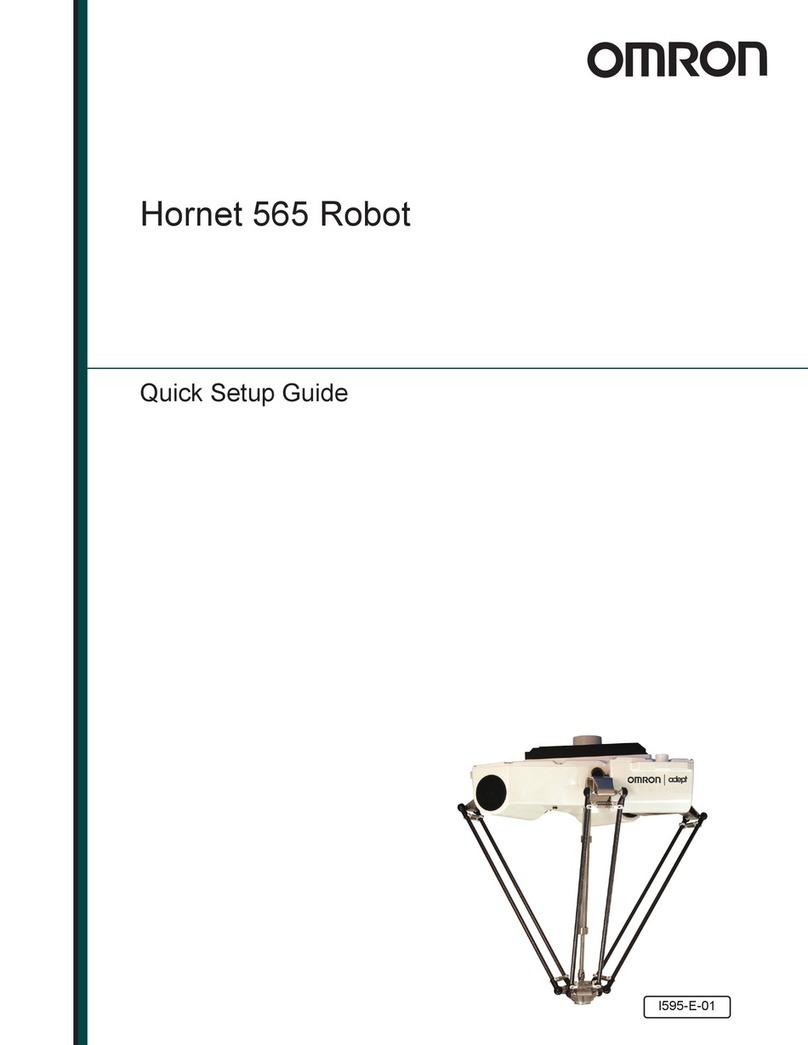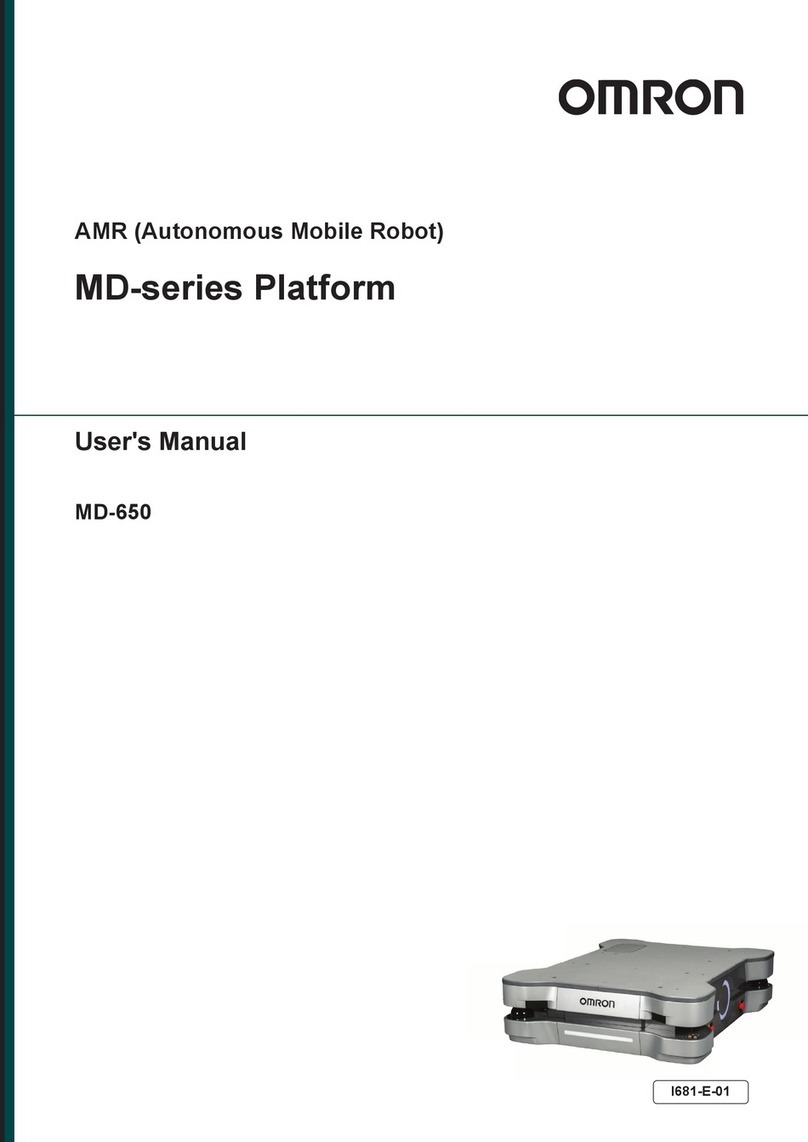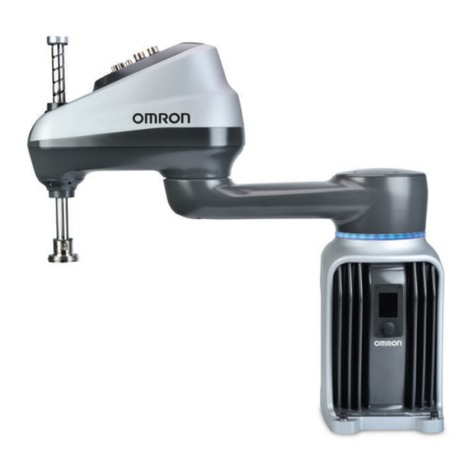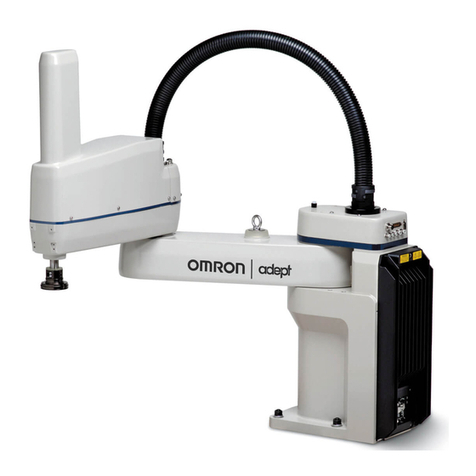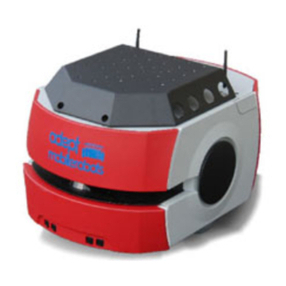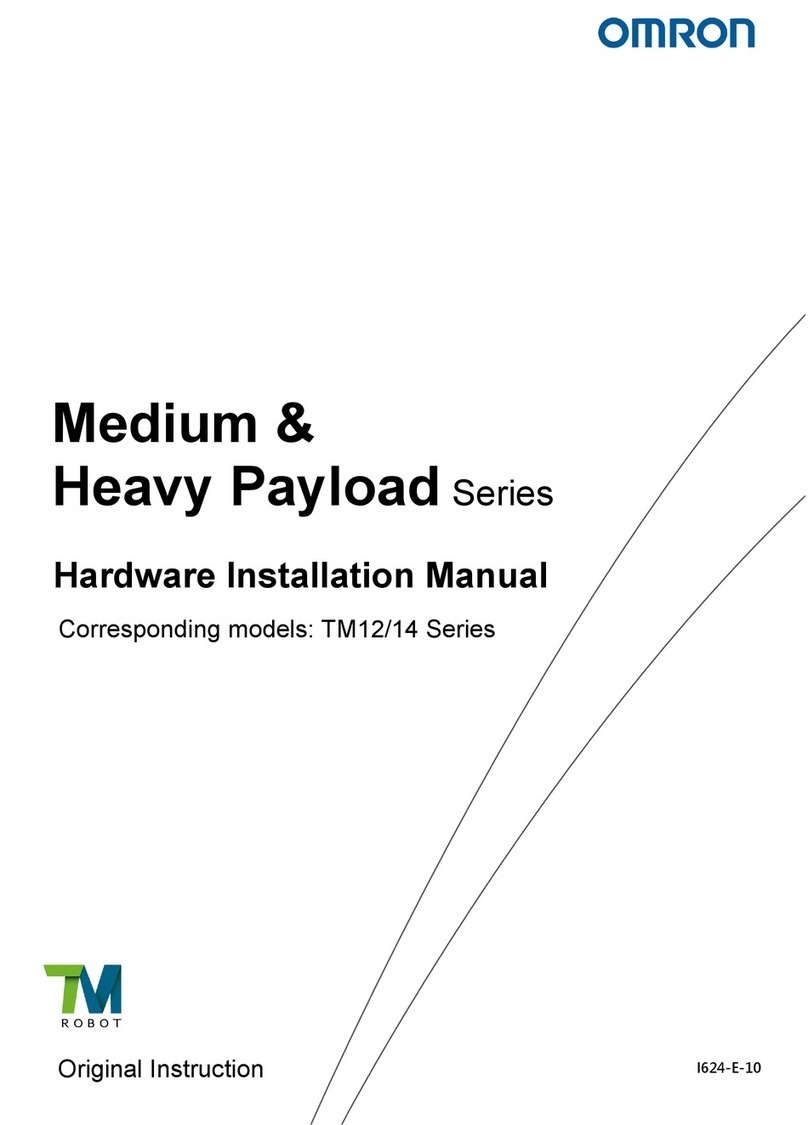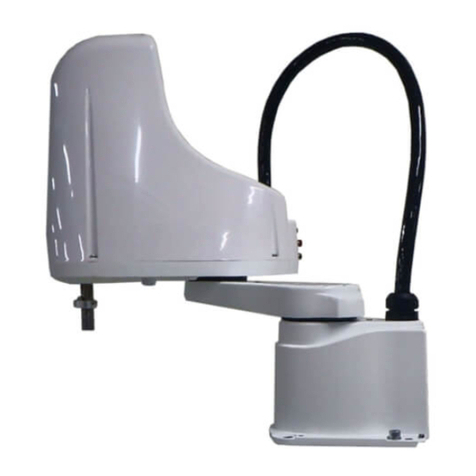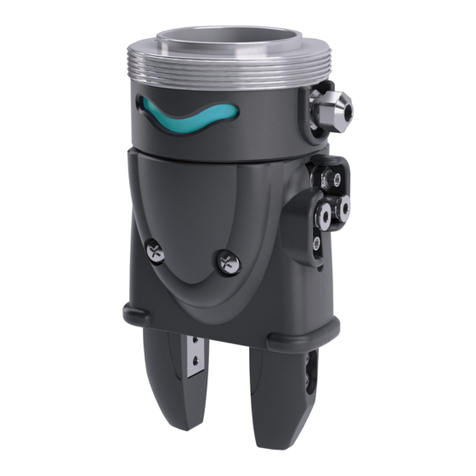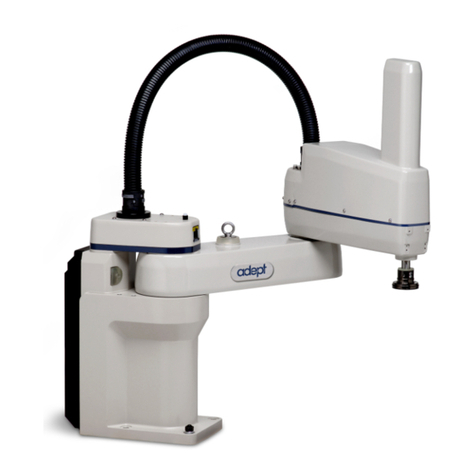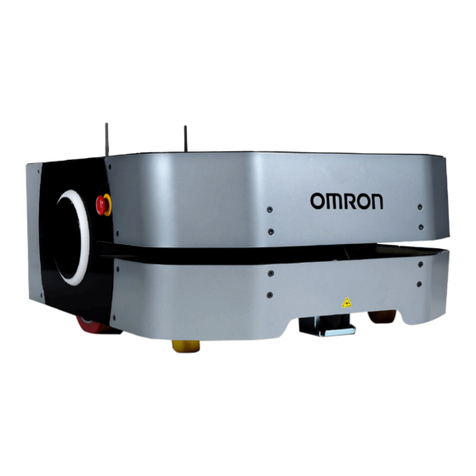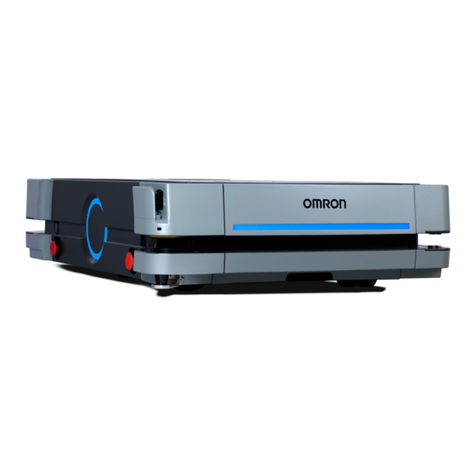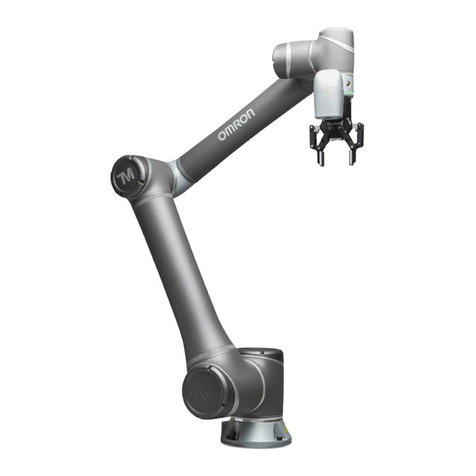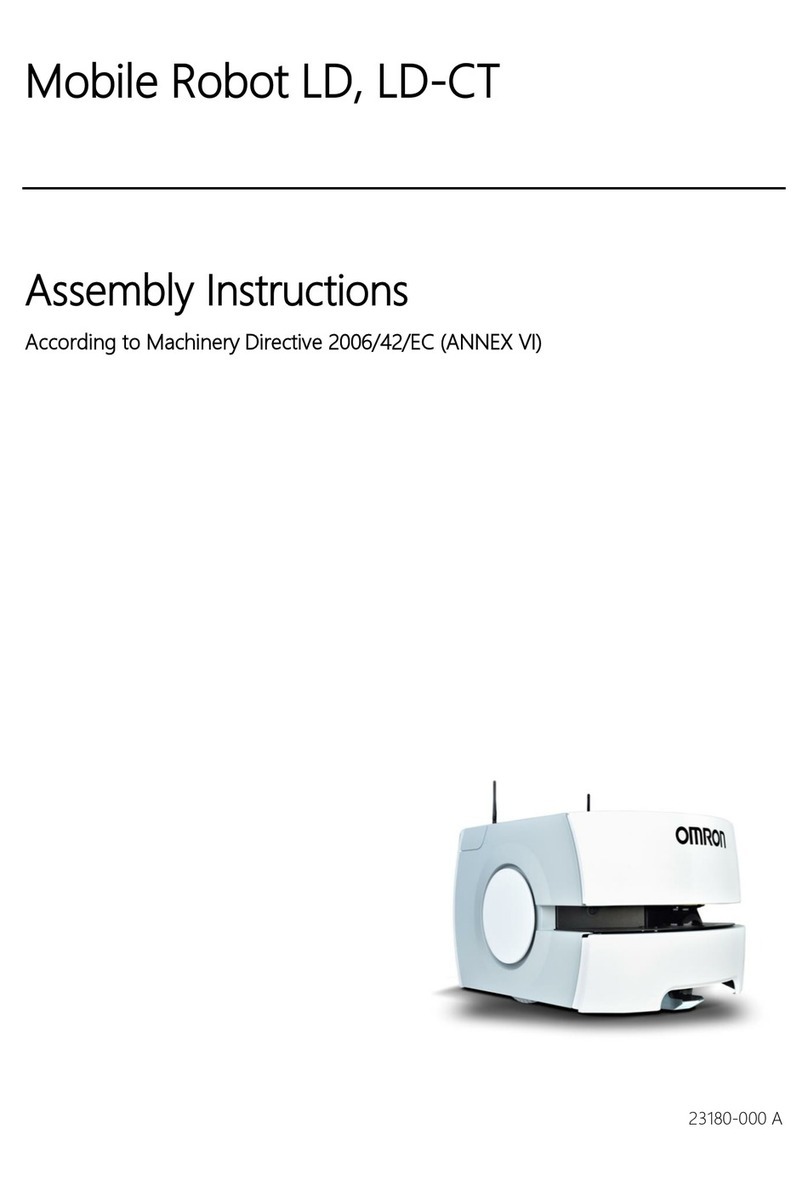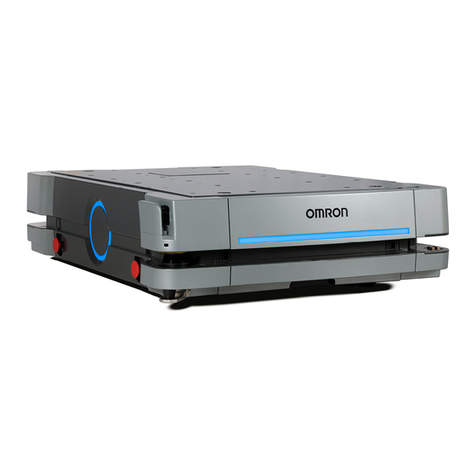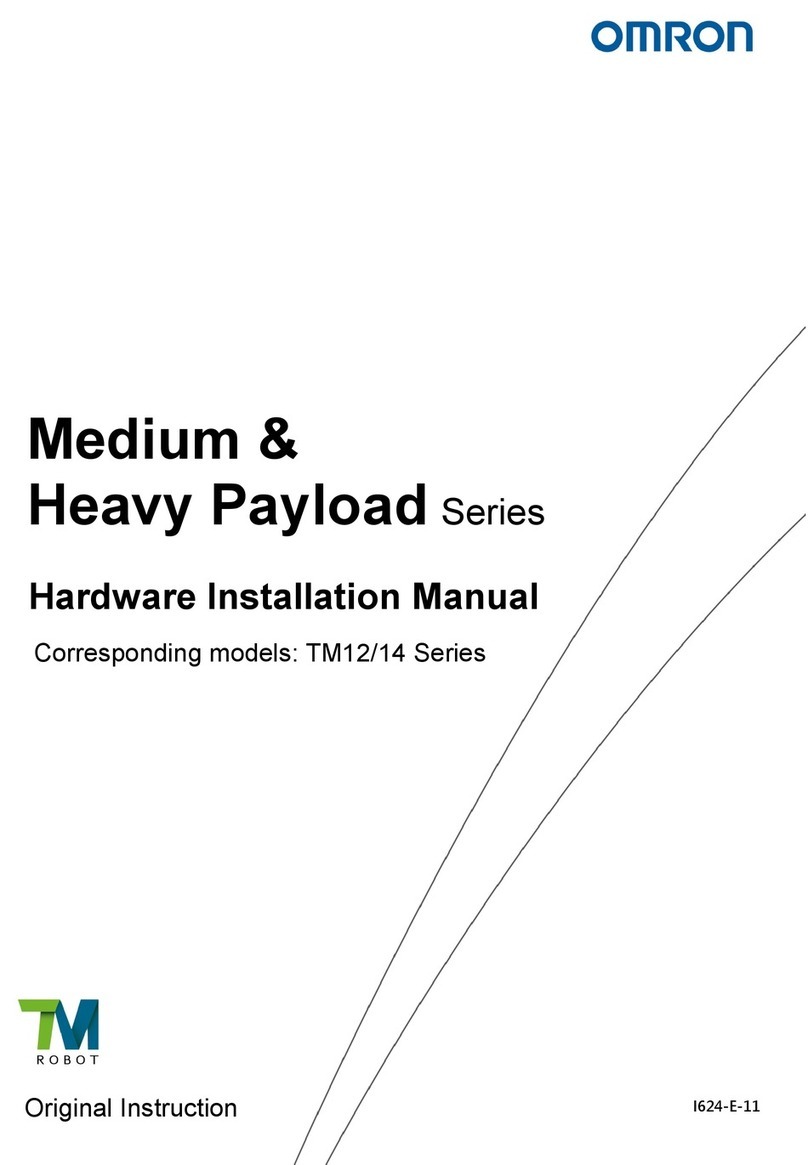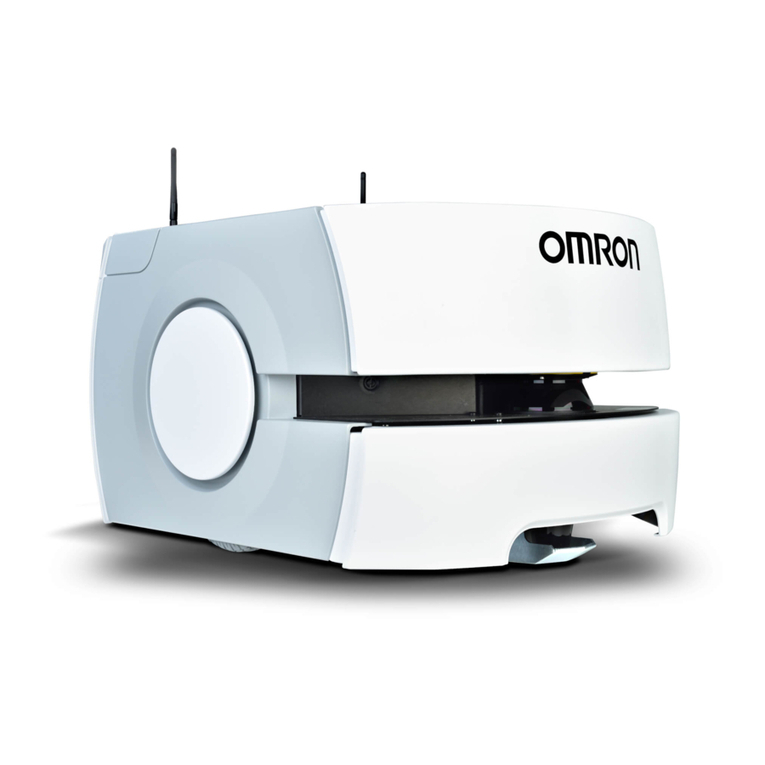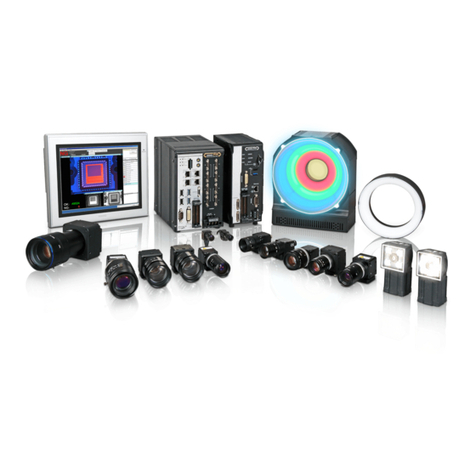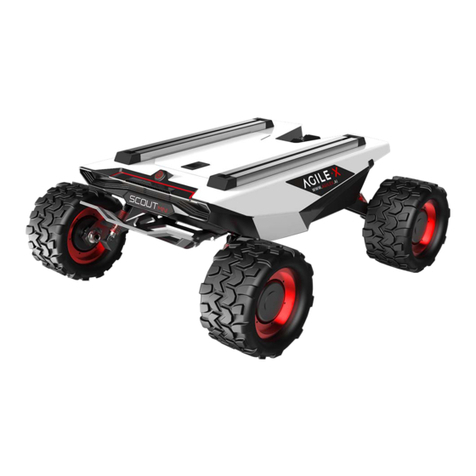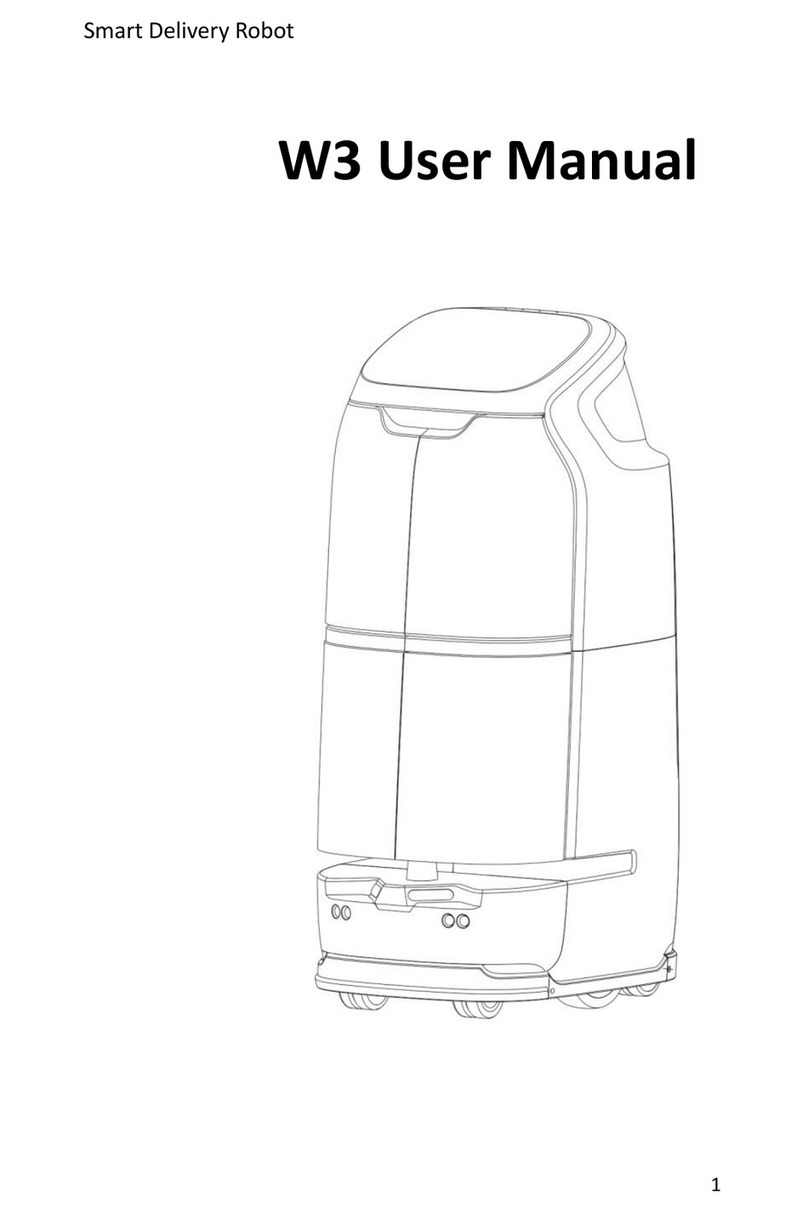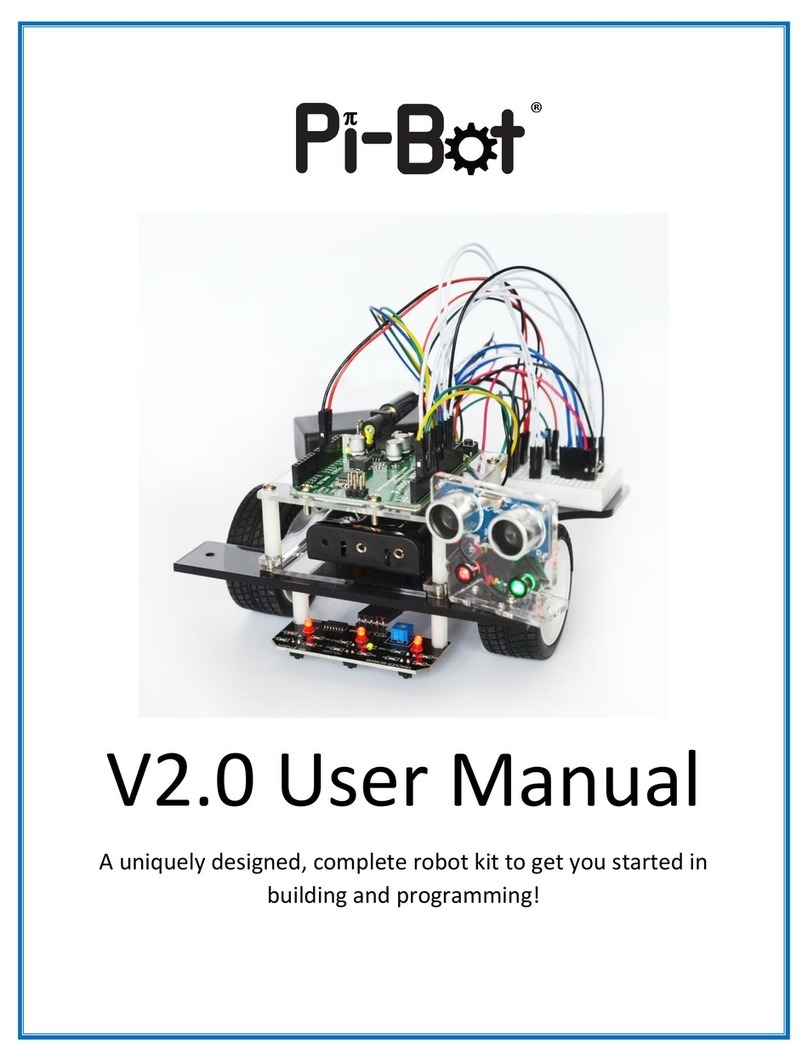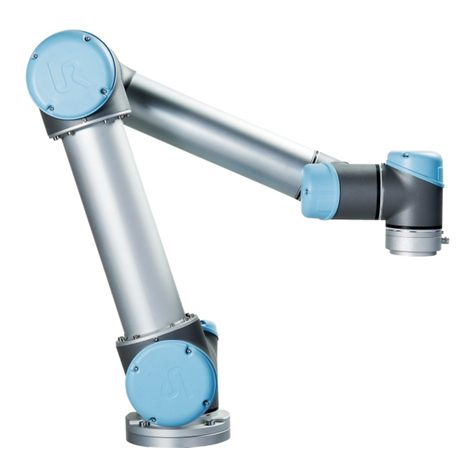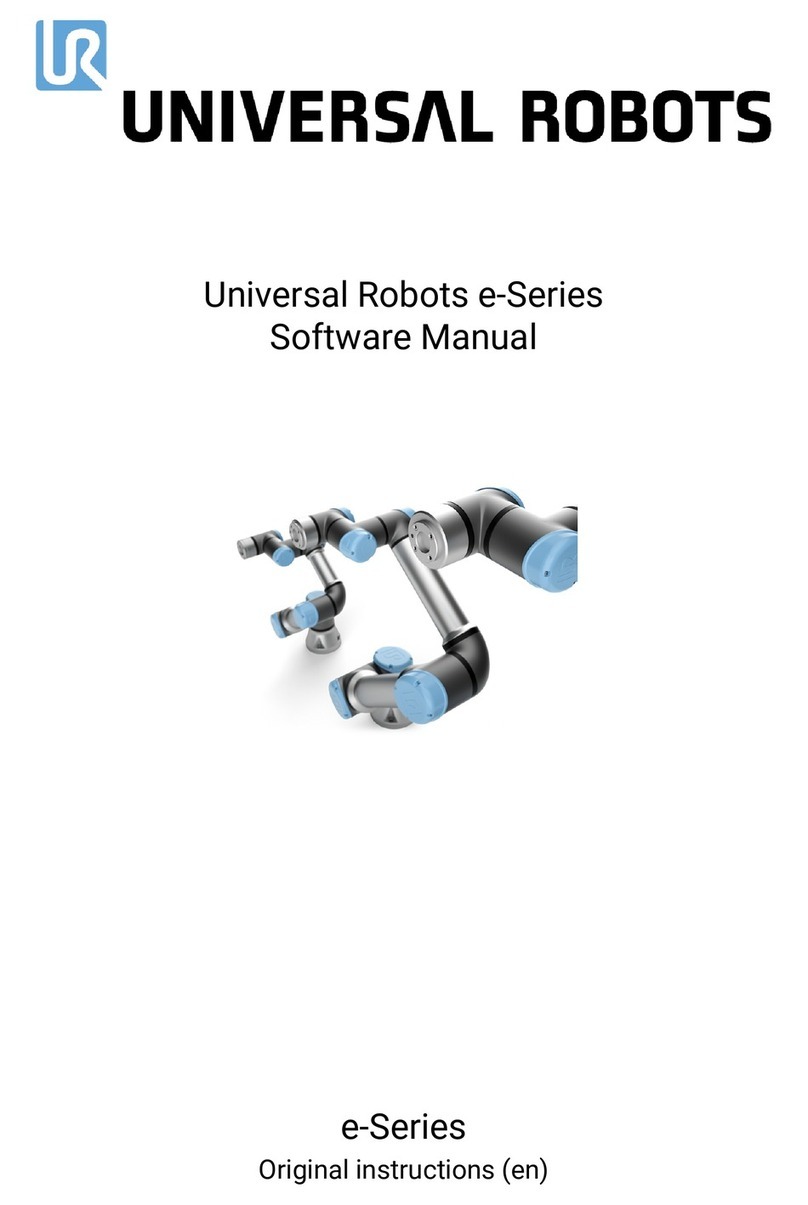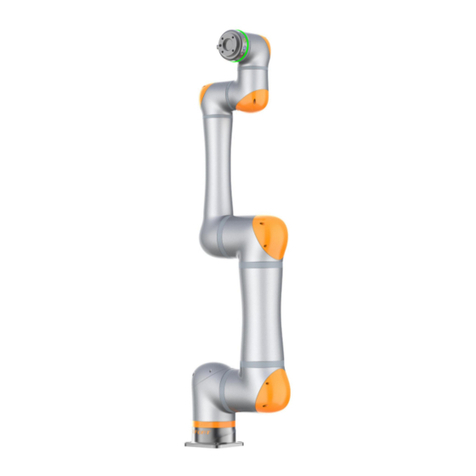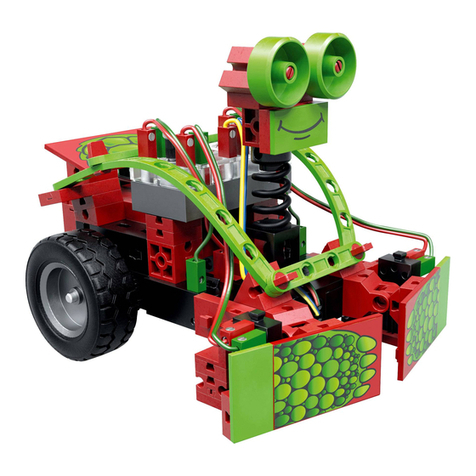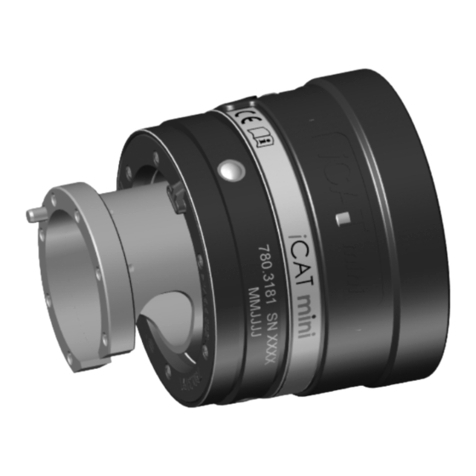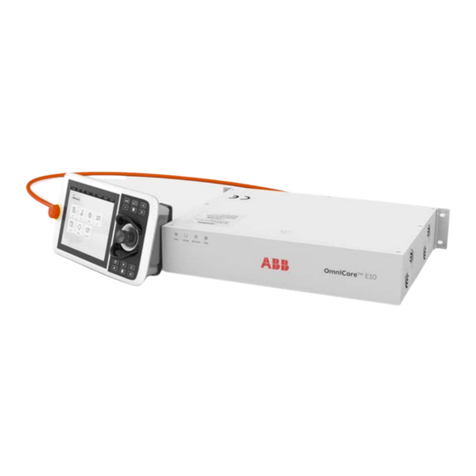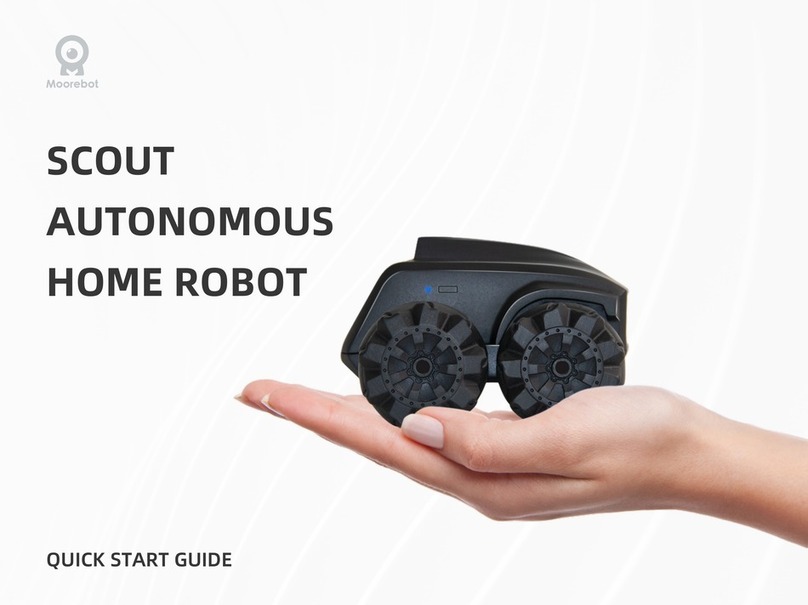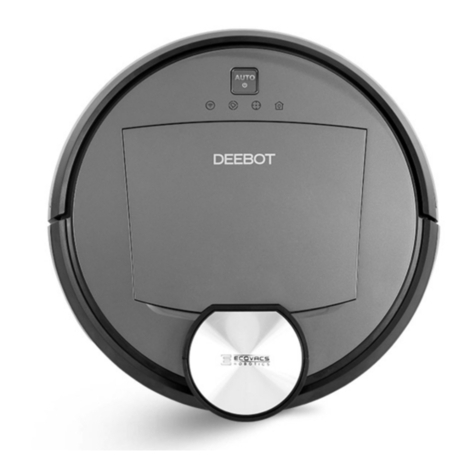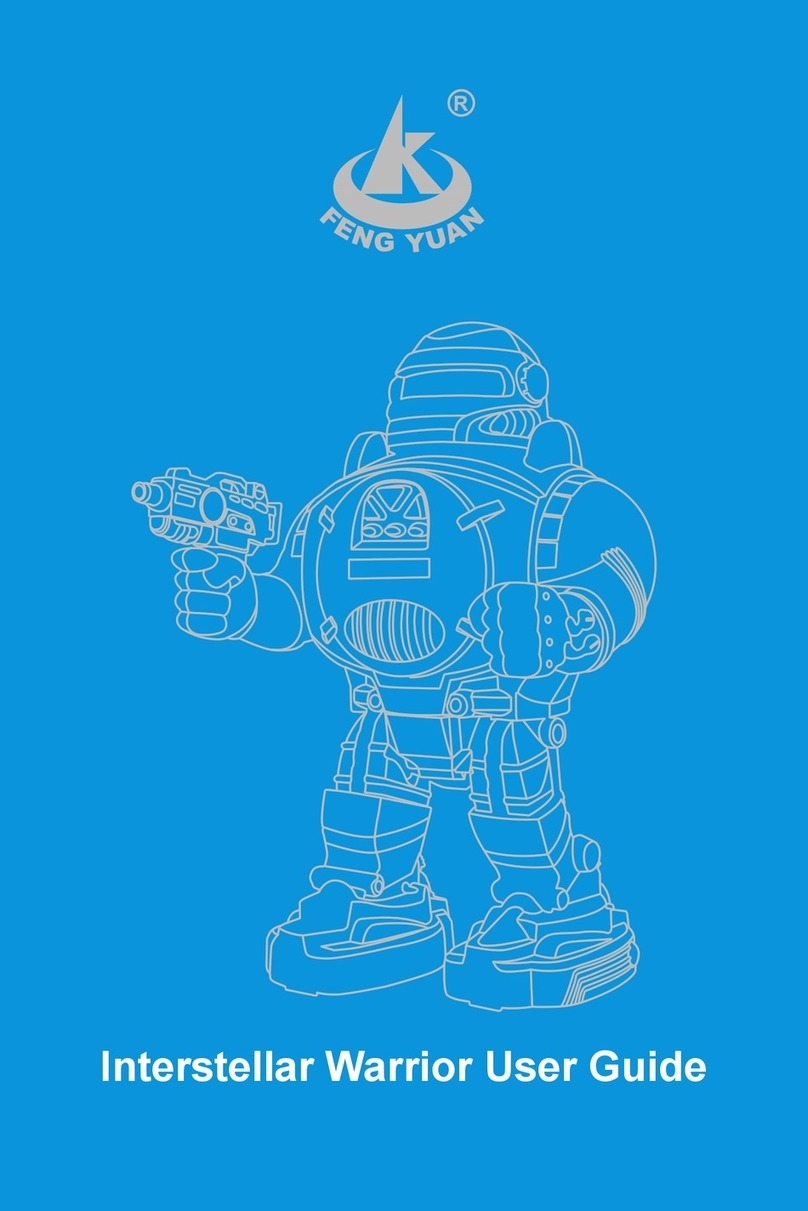
1-5 Model Numbers ....................................................................................................................1-14
1-5-1 Robot Model Numbers ..............................................................................................................1-14
1-5-2 Controller Model Numbers ........................................................................................................1-14
1-6 Optional Hardware ...............................................................................................................1-15
1-6-1 IO Blox ......................................................................................................................................1-15
1-6-2 T20 Pendant..............................................................................................................................1-15
1-6-3 IPC Application Controller .........................................................................................................1-16
1-6-4 XIO Termination Block...............................................................................................................1-16
1-6-5 Optional Cables.........................................................................................................................1-17
Section 2 Specifications
2-1 Physical Specifications .........................................................................................................2-2
2-1-1 Robot Overall Dimensions ..........................................................................................................2-2
2-1-2 Mounting Flange Dimensions......................................................................................................2-4
2-1-3 Tool Flange Dimensions..............................................................................................................2-5
2-1-4 Front Panel Dimensions..............................................................................................................2-5
2-1-5 Robot Work Envelope Dimensions..............................................................................................2-6
2-1-6 Robot Weights.............................................................................................................................2-7
2-2 Performance Specifications..................................................................................................2-8
2-2-1 General Performance Information...............................................................................................2-8
2-2-2 Stopping Distances and Times....................................................................................................2-8
2-3 Electrical Specifications......................................................................................................2-12
2-3-1 Power Supply Specifications.....................................................................................................2-12
2-3-2 XIO and TIO Connector I/O Specifications ...............................................................................2-12
2-4 Environmental Specifications.............................................................................................2-14
2-5 Other Specifications ............................................................................................................2-15
2-5-1 Connector and Port Specifications............................................................................................2-15
2-5-2 Mounting Hardware and Torques ..............................................................................................2-15
Section 3 Installation
3-1 Robot Installation Procedure................................................................................................3-2
3-2 Mounting the Robot ...............................................................................................................3-3
3-2-1 Robot Mounting Surface .............................................................................................................3-3
3-2-2 Mounting Procedure....................................................................................................................3-3
3-3 Installing End-of-Arm Tooling...............................................................................................3-5
3-4 Installing Optional Equipment ..............................................................................................3-6
3-4-1 Mounting External Equipment to the Robot ................................................................................3-6
3-5 Adjustable Hardstops............................................................................................................3-7
3-5-1 Joint 1 Adjustable Hardstops ......................................................................................................3-8
3-5-2 Joint 2 Adjustable Hardstops ......................................................................................................3-8
3-5-3 Joint 3 Adjustable Hardstop ........................................................................................................3-8
3-6 System Cable Installation ...................................................................................................3-10
3-6-1 System Cable Overview............................................................................................................3-10
3-6-2 System Cable Installation Procedure ........................................................................................3-12
3-7 Connecting Digital I/O .........................................................................................................3-13
3-7-1 XIO Connector Signals and Wiring ...........................................................................................3-13
3-7-2 TIO Connector Signals and Wiring............................................................................................3-17
3-7-3 IO Blox Connections .................................................................................................................3-19
3-8 Installing Safety Equipment................................................................................................3-20
3-8-1 Installing the Front Panel ..........................................................................................................3-20
3-8-2 Safety Circuits ...........................................................................................................................3-21
3-9 Supplying Power and Ground ............................................................................................3-28
CONTENTS
5
i4L Robots User's Manual (I658)
